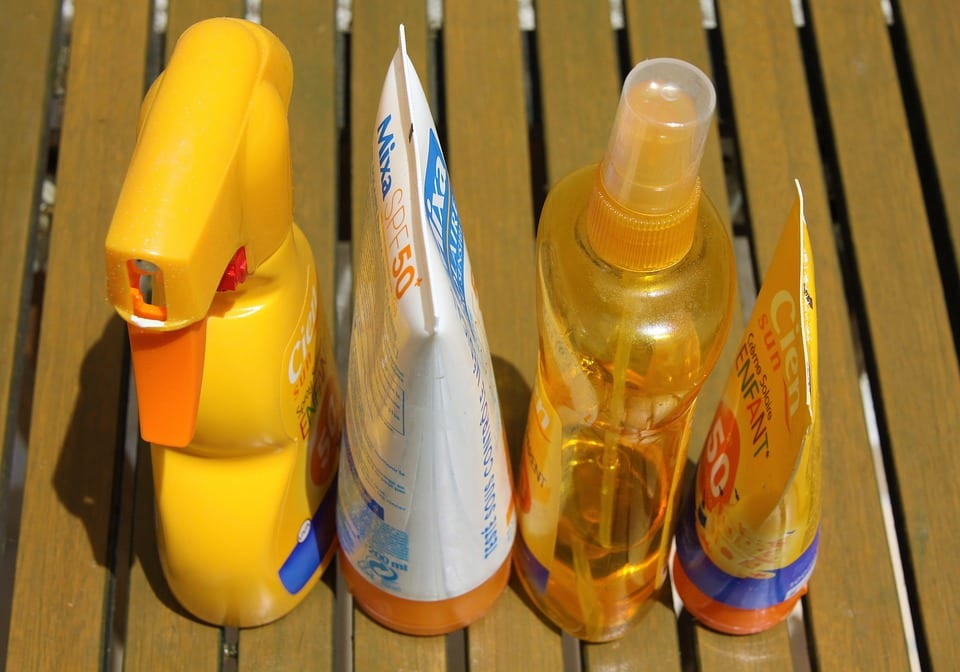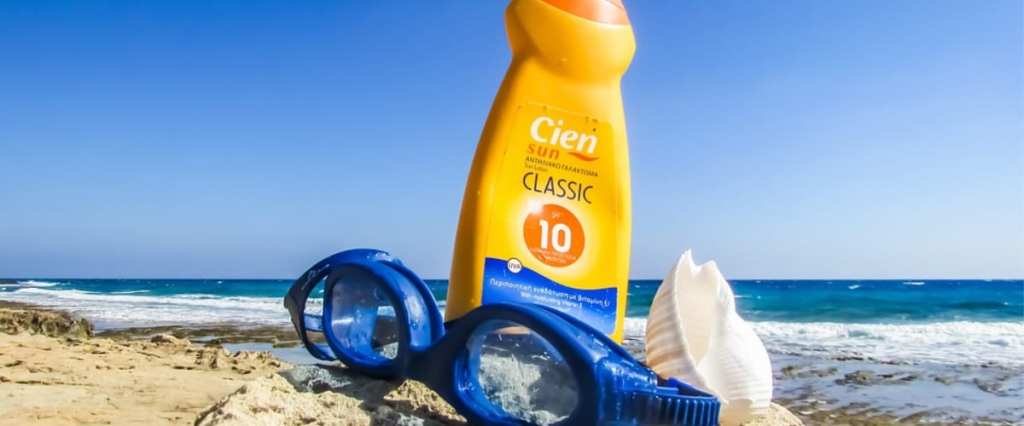Doctors, scientists, skincare pushers, and moms everywhere have been touting the need to slather on sunscreen to protect from skin cancer for decades – and it’s true that leaving your skin exposed to UV rays causes damage that can be hard to undo.
But it turns out that while the sunscreen is protecting the outside of our bodies, it could be doing harm to the inside. Current research is looking into whether or not sunblocks could affect hormones and reproductive systems, or even cause different kinds of cancer themselves, because – get this – no safety testing has ever been done on the active ingredients in sunscreens.

Image Credit: Pixabay
The FDA recently revealed the results of a small clinical trial in the journal JAMA, and they show that the UV-blocking chemicals do seep into circulation.
There is not, however, any evidence that those chemicals are harmful. Yet.
“Everyone had always thought that because these are intended to work on the surface of the skin that they wouldn’t be absorbed, but they are,” explained Theresa Michele, the study’s co-author.
The chemicals seep in quickly, showing up on toxicology reports only a few hours after the sunscreen’s application, and levels in the blood stayed elevated for the duration of the study – three days after participants stopped putting it on.

Image Credit: Pixabay
Given those results, more research will surely be conducted to find out whether the benefits of sunscreen outweigh any potential risks the chemicals might pose internally. Right now, the United States treats sunscreen as an over-the-counter drug and most of the rest of the world considers it a cosmetic, which means regulations vary – in some cases, there’s very little oversight at all. When we first realized the chemicals might be being absorbed into the bloodstream, corporations dug in their heels, unwilling to submit their products for review.
In 2015, Congress passed the Sunscreen Innovation Act and afterward the FDA announced it was overhauling sunscreen regulation in order to “keep pace with evolving science.” Testing and ensuing restrictions could mean fewer choices, at least until research is complete. At this point, only two ingredients – zinc oxide and titanium dioxide – have been ruled both safe and effective for UVA and UVB so far.

Image Credit: Pixabay
There are 12 molecules remaining to be tested, so more options could be cleared in the future.
Bottom line? Don’t stop using your sunblock, but be aware that your choices could be dwindling in the future. A good thing, perhaps, if your body is better off without them.






